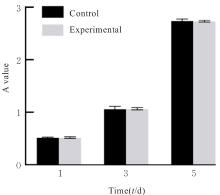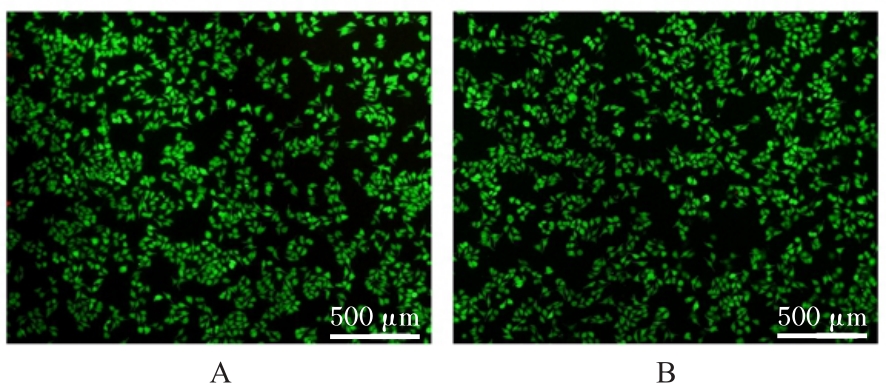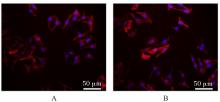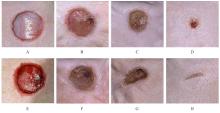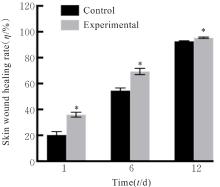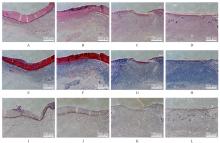Journal of Jilin University(Medicine Edition) ›› 2024, Vol. 50 ›› Issue (4): 939-946.doi: 10.13481/j.1671-587X.20240407
• Research in basic medicine • Previous Articles Next Articles
Biocompatibility of PTMC/PVP temperature-controlled shrinkage nanofiber membrane with mouse fibroblasts and its repairment effect on full-thickness skin defects in rats
Liping LIU1,Chiyu LI2,Tao YANG1,Shaoru WANG1,Yun LIU1,Guomin LIU2,Zhiqiang CHENG3,Yungang LUO4( ),Zhihui LIU1(
),Zhihui LIU1( )
)
- 1.Department of Prosthodontics, Stomatology Hospital, Jilin University, Changchun 130021, China
2.Department of Orthopedics, Second Hospital, Jilin University, Changchun 130041, China
3.School of Resources and Environment, Jilin Agricultural University, Changchun 130118, China
4.Stomatology Center, Jingyue Campus, First Hospital, Jilin University, Changchun 130118, China
CLC Number:
- R318.08
